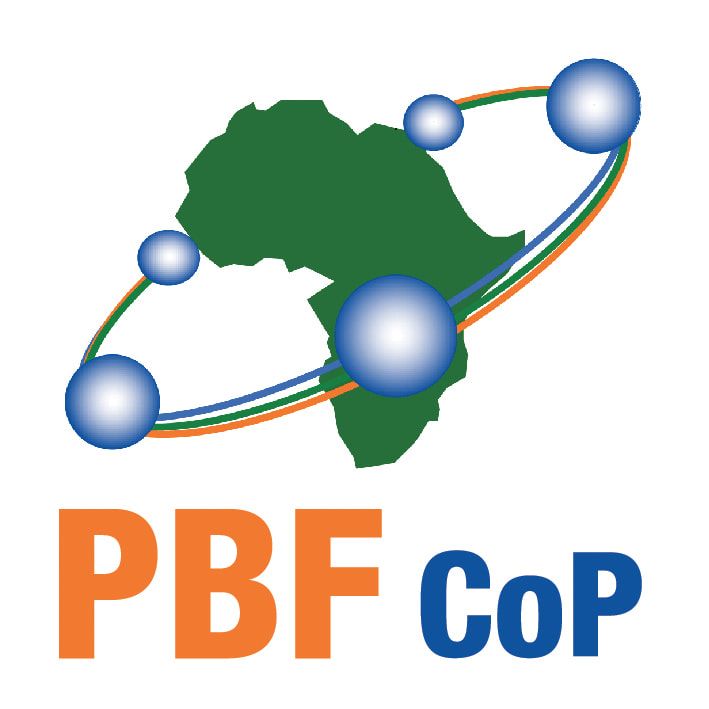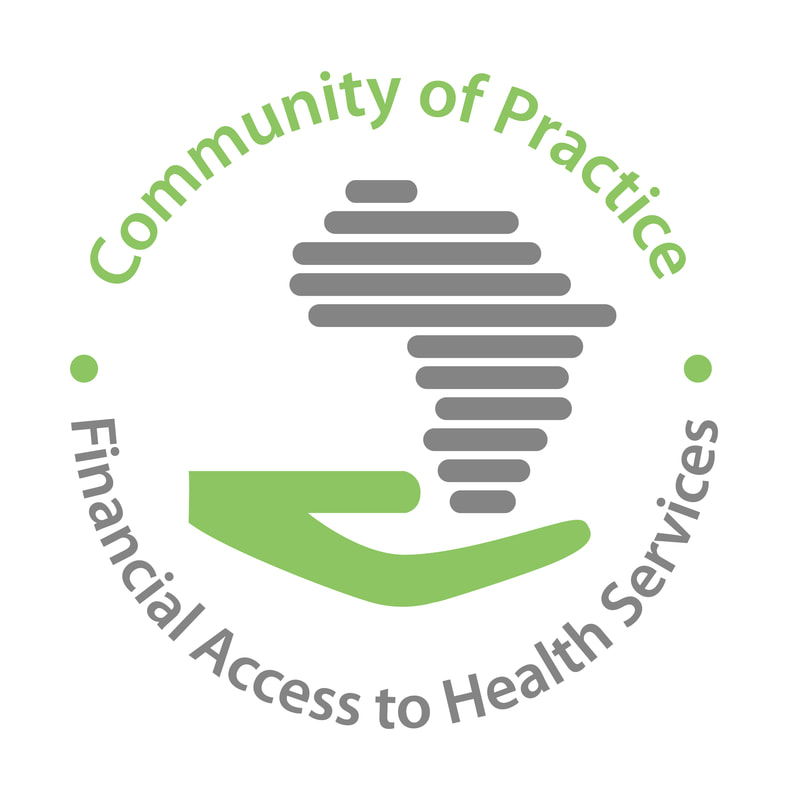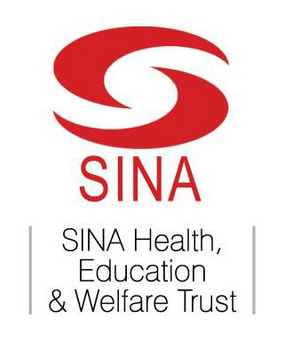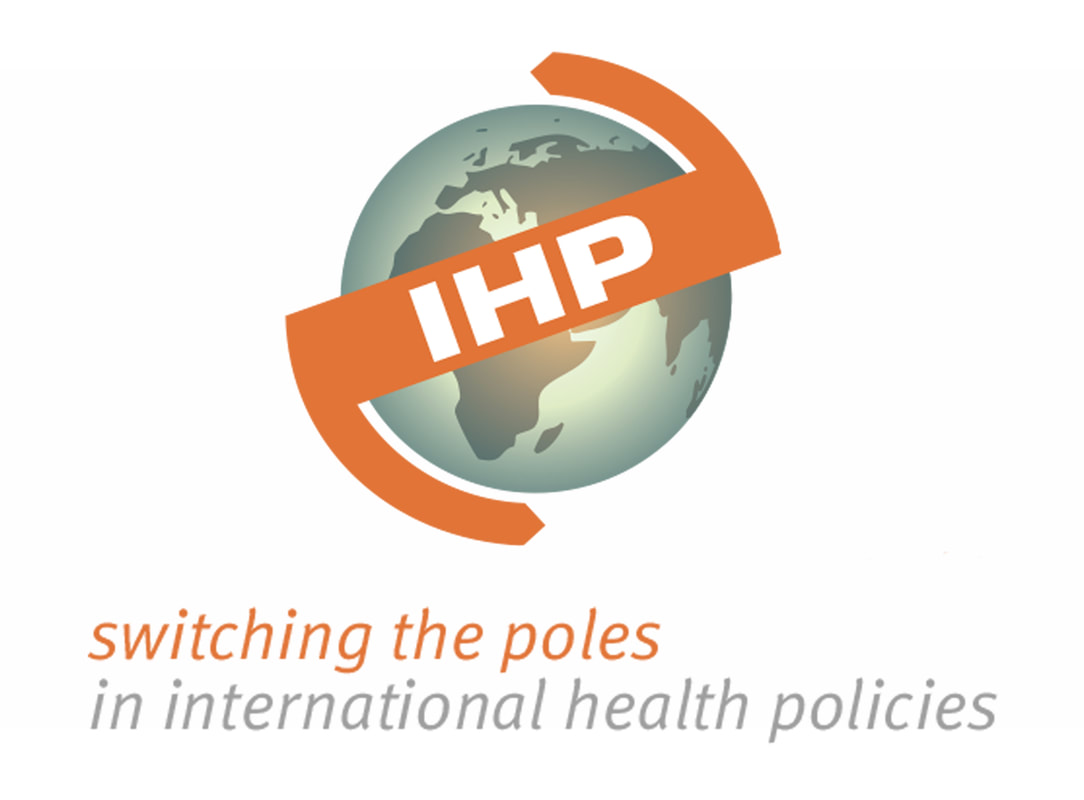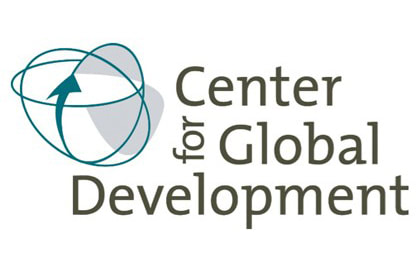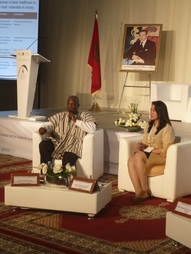
On the third anniversary of its Medical Assistance Scheme (RAMED), the Moroccan Ministry of Health sought to draw lessons from other countries’ experiences during the International Symposium on Covering Poor and Vulnerable Populations (13-14 March, 2015 in Rabat). The Financial Access to Health Services Community of Practice (FAHS CoP) was invited to organise and facilitate a parallel session on the topic, together with the Joint Learning Network for Universal Health Coverage (JLN). Joël Arthur Kiendrébéogo (Centre MURAZ, Burkina Faso), Kadidiatou Kadio (University of Montréal, Canada) and Fahdi Dkhimi (Institute of Tropical Medicine, Antwerp, Belgium), FAHS CoP expert members, explore the key lessons they drew from the session, not only for Morocco, but also for other countries.
Our session’s theme was “Covering the poor: what lessons from international experience for the RAMED.” To explore this topic, CoP and JLN organisers invited 4 country experts to participate in a panel discussion: Dr. Hala Massekh from the Ministry of Health and Planning from Egypt; Dr. Leizel Lagrada formerly of PhilHealth in the Philippines; Dr. P.V. Ramesh from the Ministry of Finance from the State of Andhra Pradesh in India; and Dr. Anthony Gingong from the National Health Authority in Ghana. With some 200 participants, the session also benefited from numerous other country experiences during the lively discussions that followed the panel, including Côte d’Ivoire, Tunisia, Gabon, Mexico, Thailand, and Senegal, to cite just a few.
It emerged from the discussion that while there is consensus on the need to prioritise coverage for poor and vulnerable groups, there are clear distinctions among the types of mechanisms put in place to achieve effective coverage.
Some countries, notably Morocco (via the RAMED) have opted for programs that specifically target poor and vulnerable populations (also like the Social Pension Health Care Programme in Egypt), while others have adopted a universal approach, that is to say a national program whose aim is to enrol the whole population, including the poor (like the National Health Insurance Scheme in Ghana and PhilHealth in the Philippines). In the case of Aarogyasri Community Health Insurance Scheme in the Indian state of Andrah Pradesh, the state’s poverty line determines the scheme’s eligibility criteria, thus making the 70% of the population living below the poverty line the target. Can we still talk of targeting in such a case?
Another stark contrast was in how countries identify the poor. Some countries, like Ghana, use community-level targeting and build on pre-existing national and intersectoral programs that target the poor (such as the Livelihood Empowerment Against Poverty); others, like Egypt and Morocco, adopted means testing techniques to evaluate eligibility based on household socio-economic status; and finally the Philippines uses a combined approach: geographic targeting for the poorest zones and means testing to determine eligible households in other areas.
Resource mobilisation strategies for covering the poor also vary among countries from earmarking tax revenues (like the value-added tax, “sin” taxes, or those applied to mobile phones), to pooling contributions from the formal and informal sectors, and subsidies from the national budget.
It became quite clear in the discussion that each country’s context was likely a major determinant in the choices made in program design and funding, which were motivated in large part by local realities on the ground.
Two key universal elements emerged from this session as essential for effective coverage of the poor:
First and foremost is the need for intersectoral collaboration to address the many facets of poverty and vulnerability. Such collaboration is a prerequisite for any effective coverage mechanism. This also means that the technical quality of the program to cover the poor must be sufficient to ensure smooth collaboration with other sectors (other Ministries, and especially the Ministry of Finance).
Second, session participants agreed that getting such an intersectoral program “right” takes time and requires some flexibility to adapt and adjust along the way. Sometimes, however, pressure from political agendas may interfere. This means it is important to adopt a long-term vision and strategy to build momentum and political support for the program. Three years ago we also underscored the importance of political support and commitment as key to resolving health inequities.
Securing political commitment for programs to cover the poor and improve health equity over the long term is essential to protect them from political transitions. But how? It certainly isn’t easy, but an essential ingredient is concrete mechanisms to improve transparency and accountability, which will help ensure that political commitments amount to more than words, and that they can be monitored and reinforced over time. In the case of Ghana’s NHIS, for example, a law was put in place in 2012 requiring them to report annually to Parliament on how well the program is reaching the poorest.
While these two elements seem like critical prerequisites for any effective implementation of a program to cover the poor, other necessary elements emerged from the session: (i) putting in place a strong, reactive information system to guide decision-making and monitoring (facilitating evidence-based decision-making and adjustments); (ii) mobilising sufficient resources to pool health risks across populations; (iii) moving beyond enrolment to effective coverage for the poor (going beyond having a clear definition of the target and good strategies to identify and enrol them, to ensuring they are using services that are of acceptable quality and adapted to their needs); (iv) ensuring that coverage for the poor does not involve stigmatisation of those eligible, thereby leading to non-participation or discrimination.
The potential levers to activate these key elements we have outlined are of course country-specific. It is vital, however, that the government create favourable conditions for inclusive dialogue around its strategy for covering the poor. Ensuring that all stakeholders are actively engaged will strengthen both public accountability and national solidarity, and minimize the risk that individual interests or petty squabbles could derail the process. Such an approach will bring people “on-board” and help make equal access to health care not just a problem experienced by the poor and vulnerable as it so often is today, but a national cause.

